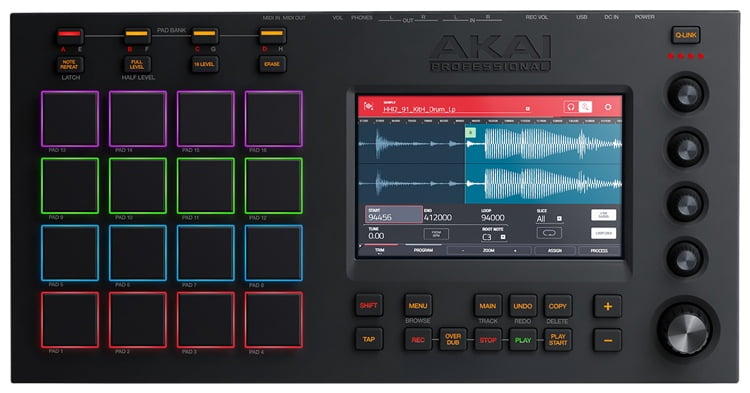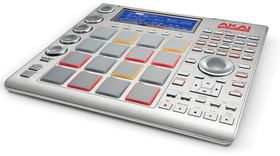


In practical terms, it feels more like a sequencer or a sampler than ‘just’ a MIDI controller thanks to the excellent MPC pads, colour screen and unique assignable touch strip. Combining the two, you have a hybrid hardware-software MPC, with the hands-on feel and efficient workflow of hardware, plus all the processing power and flexibility of software. The second-generation MPC Studio arrived this year and takes the award for our MIDI controller category, but that really only tells half the story the Studio controller is designed to work seamlessly with the included MPC 2 software, which runs on Mac or PC. This is a USB controller that’s also equipped with MIDI connections (one out, one in) in TRS format. These days, the MPC range embraces a flexible approach, with standalone hardware models like the MPC One and MPC Live designed to work alongside MPC software and even iOS apps (you can read all about the Akai Professional range in our Brand Focus feature). By the launch of the MPC Renaissance in 2012, Akai had embraced the software revolution, creating hybrid models which worked smoothly with DAWs and virtual instruments. In the early days, it was all about standalone operation, and early models like the MPC60 and MPC3000 were extremely basic by modern standards. The overall concept is largely the same – sequencing, samples and loops with a smooth, inspiring workflow – but the approach has changed significantly. The legendary Akai MPC series has grown and evolved immeasurably since its debut in 1988. As we celebrate the best of 2021 and look forward to 2022, the Akai MPC Studio 2 takes the award for best new MIDI controller.


 0 kommentar(er)
0 kommentar(er)
